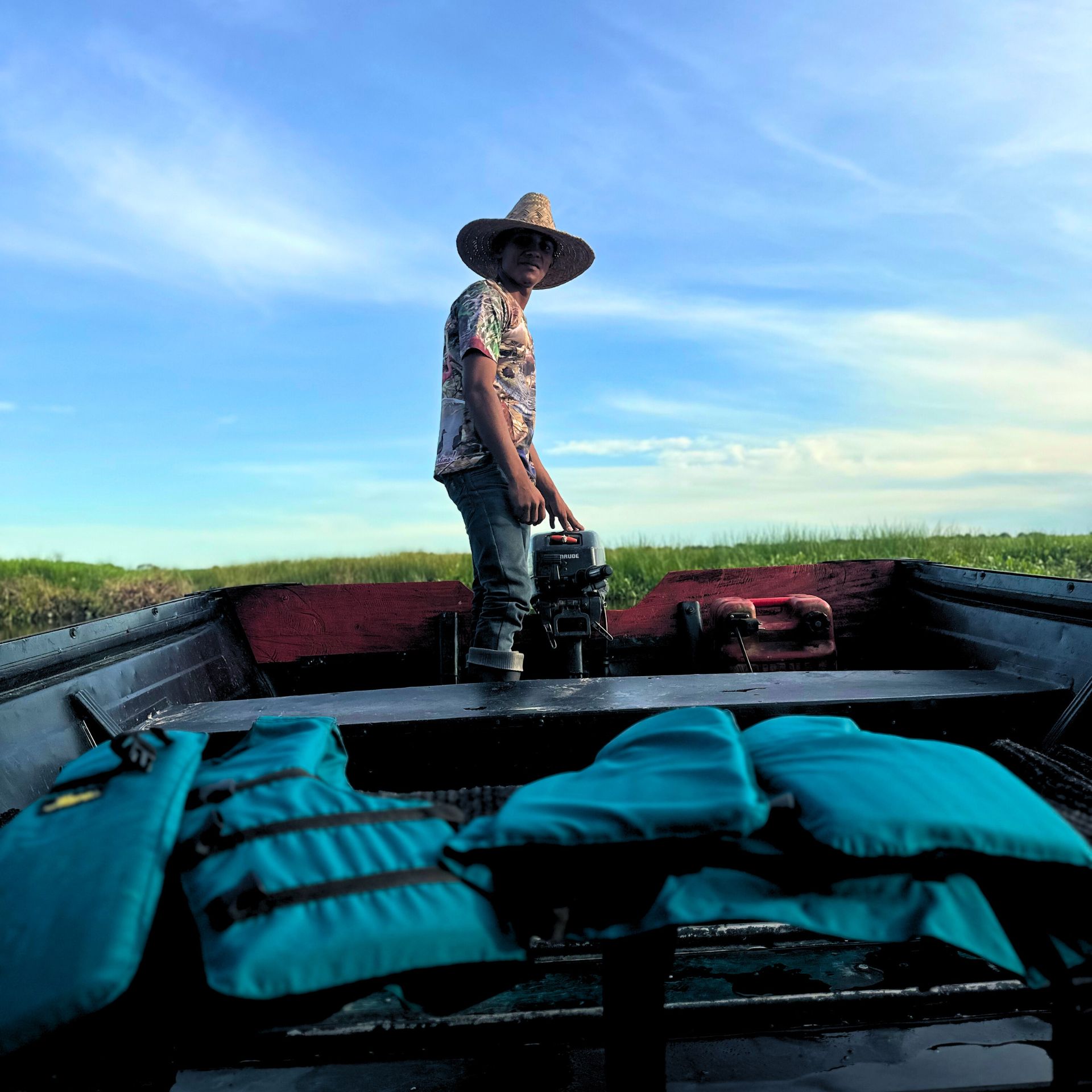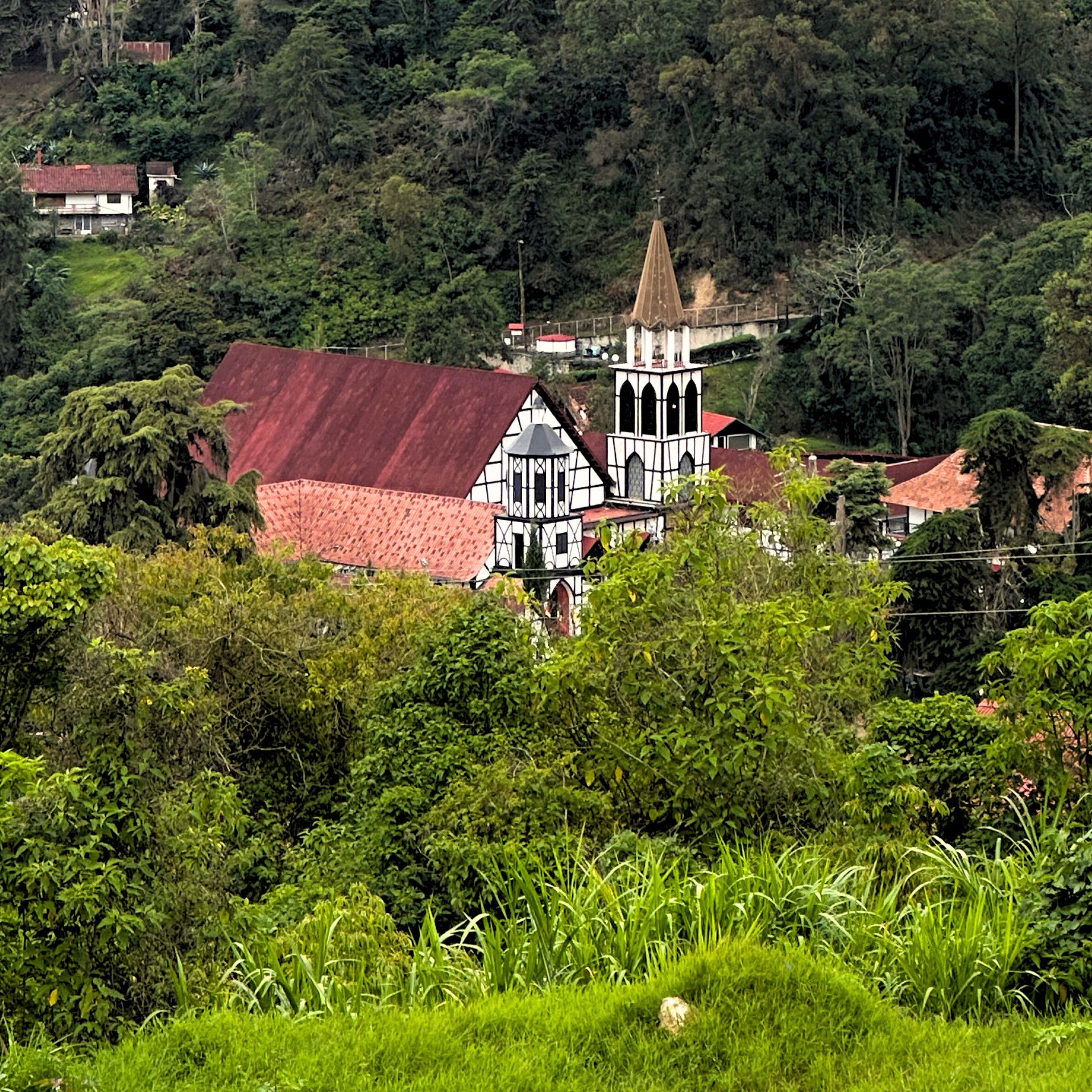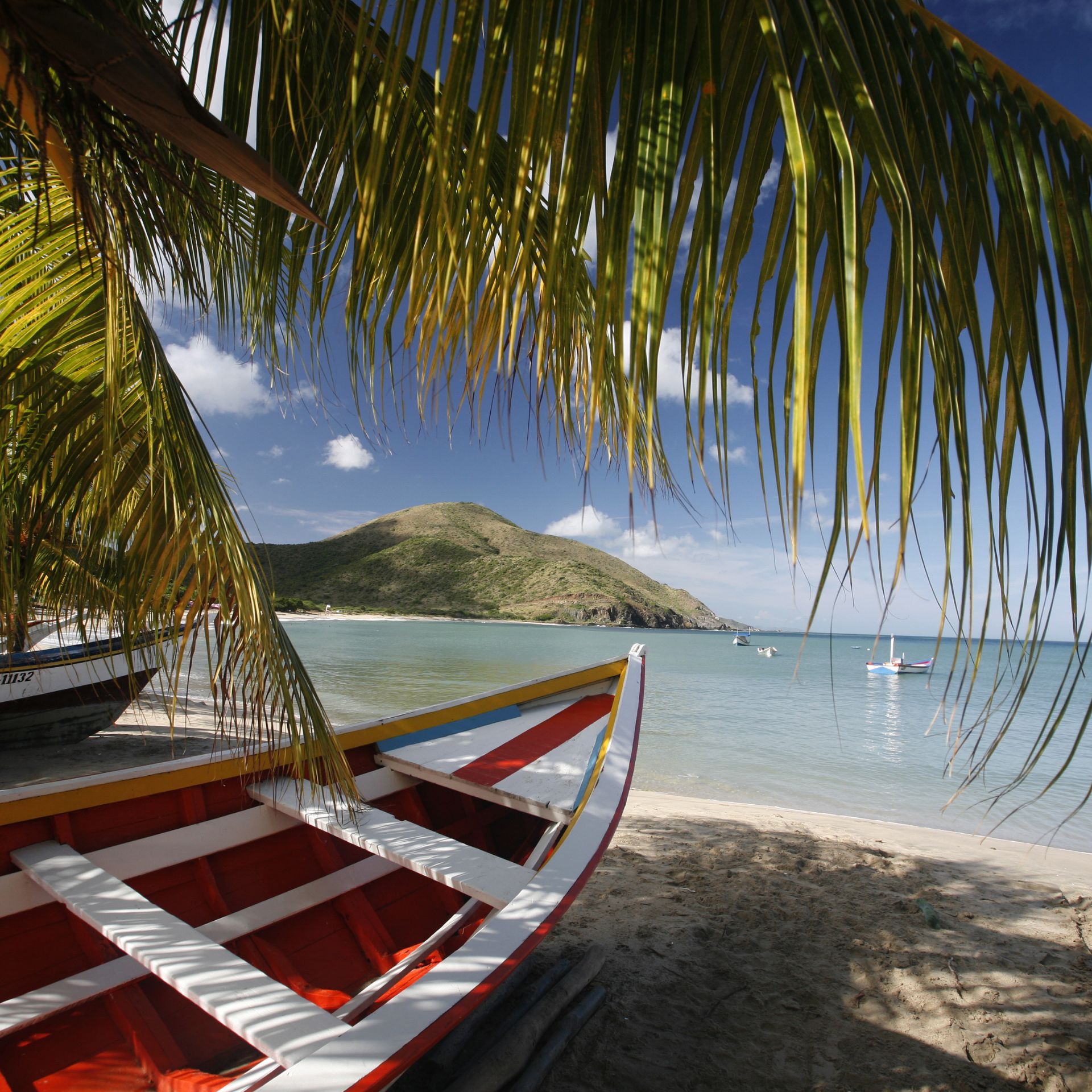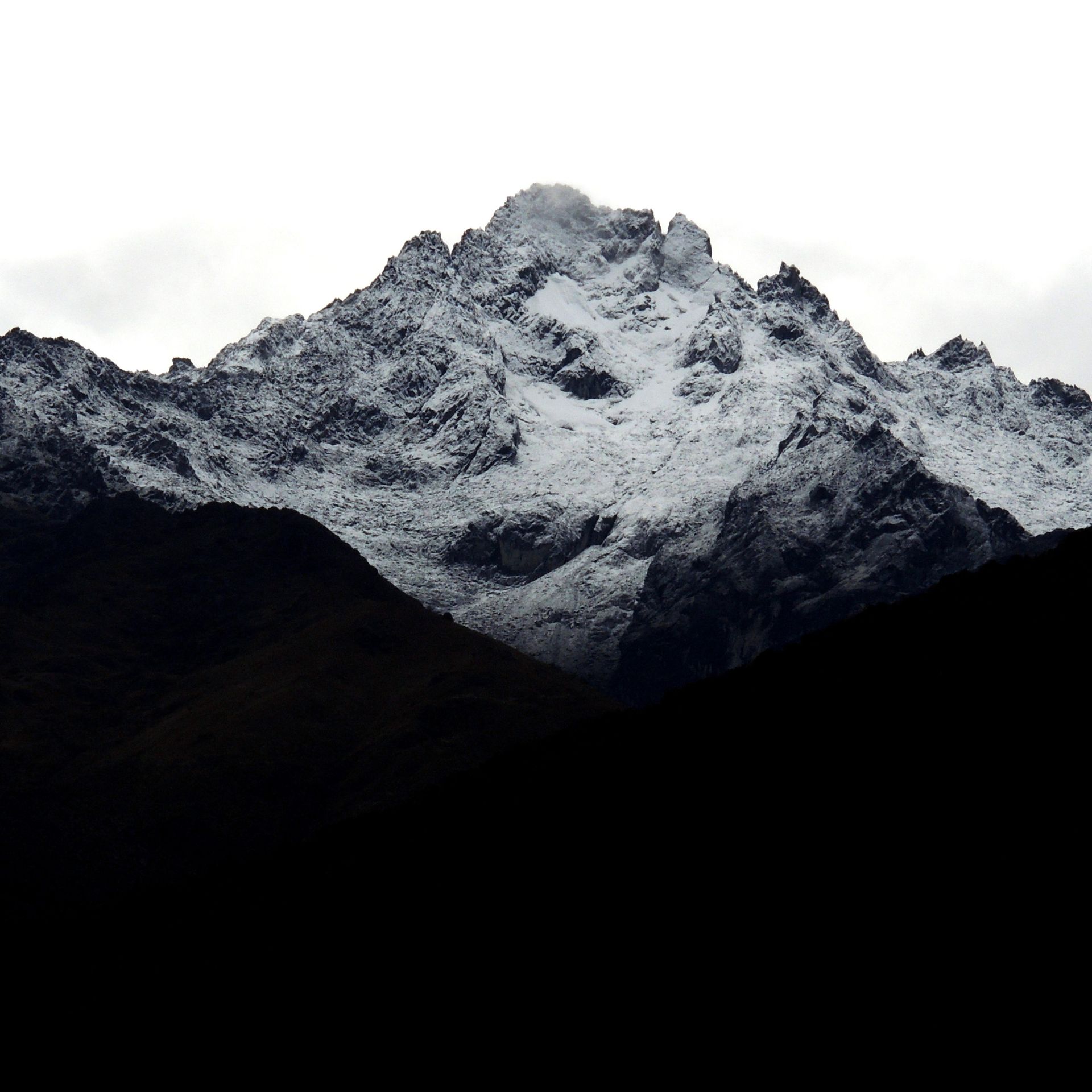Do you want to see the diversity of Colombian landscapes? Let me show you my six favorite places to see nature and wilderness in Colombia
Deserts in Tatacoa, beaches in San Andres, mountains in Cocora or rainforest in the Amazon – just name it and there is a Colombian landscape of it! Let’s not forget about Cano Cristales, Colombia’s rainbow river.
No wonder Colombia is the second richest country in biodiversity and the richest country in biodiversity per area worldwide. With surreal landscapes that look like they are from another planet, I think in this article I can give you some good reasons to plan your summer in Colombia.
I’m very proud to be Colombian and even though I only travel there nowadays to visit my family, I try to explore a new location each time I visit. Now. Let me show you some unimaginable Colombian landscapes you could all see within one short trip with just a few hours of driving in between.
Read more: Which is the best eSIM in Colombia
Explore the Cocora Valley: Colombia’s Majestic Wax Palm Forest
The Cocora Natural National Park is not only a place for adventurers and trekking fans, it is also the home of the Colombian National Tree: The wax palm, a palm that can reach incredible heights of up to 80 meters and only grows in this region. Cocora is the place where you feel like you are in the middle of the latest Jurassic Park movie set and an obligatory destination if you want to see some astonishing Colombian landscapes and try the best coffee in the world.
It´s hard to believe that only a 30 min ride from the rainforest in Cocora and 6-8 hours of trekking you will find yourself in the middle of the Andean mountain range and on one of the highest peaks in Colombia and South America.
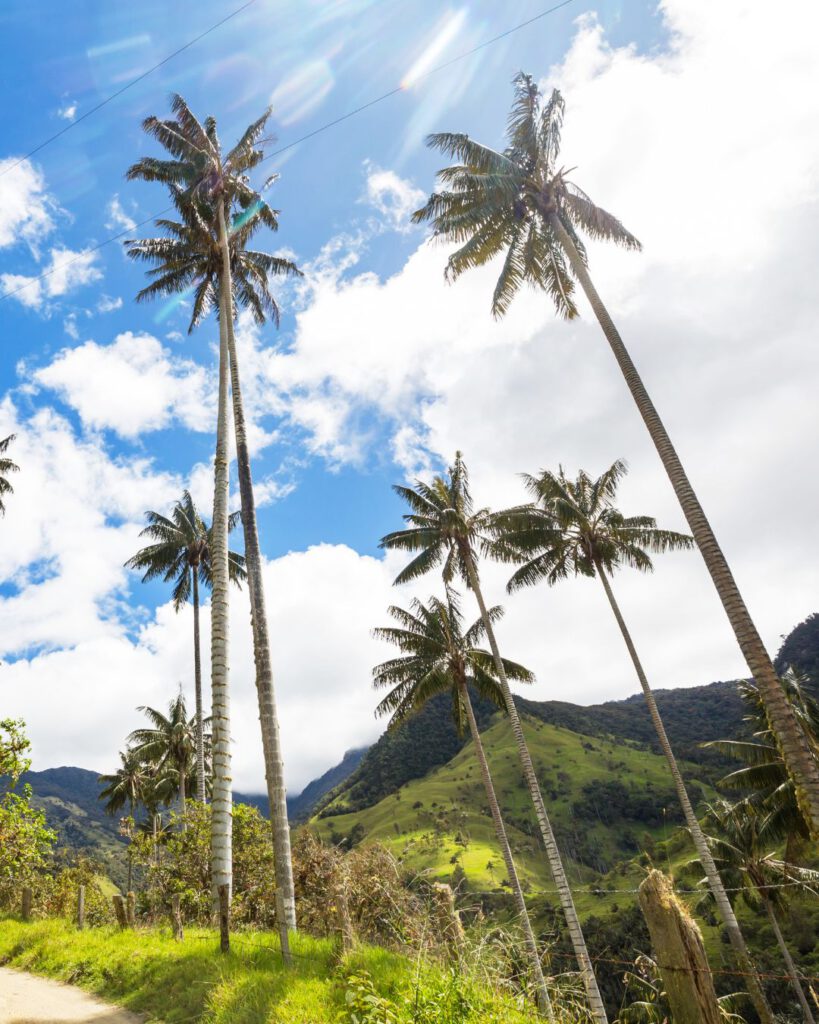
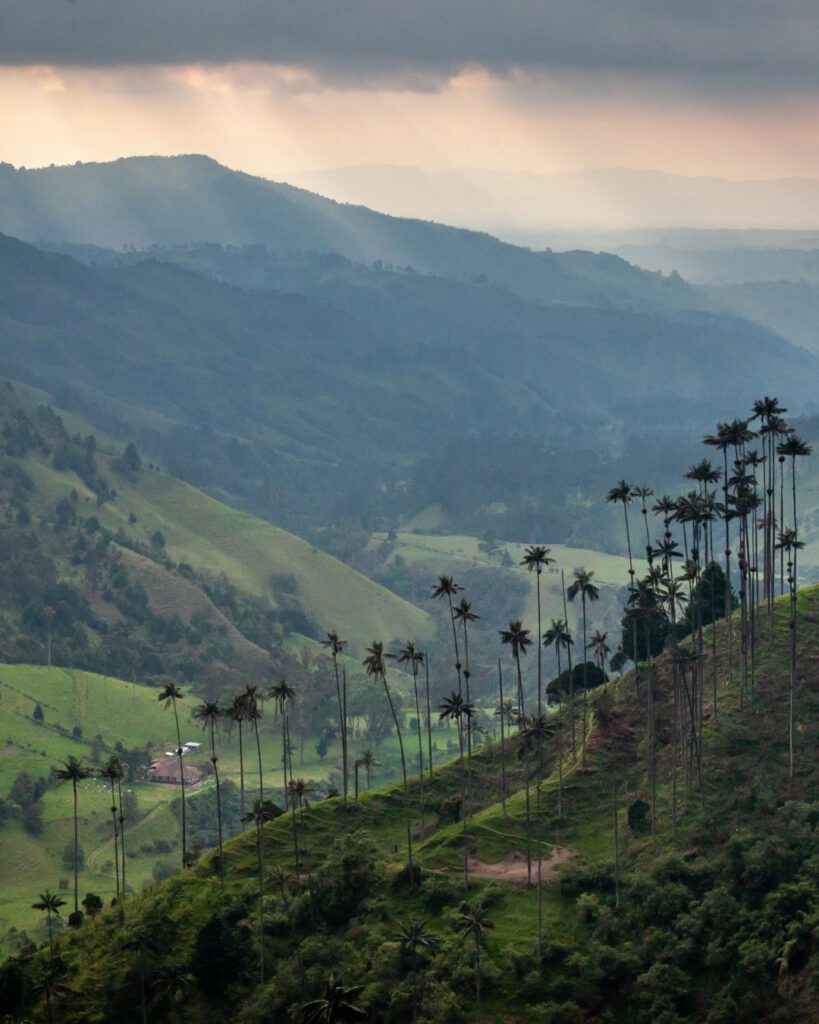
How to Get There: The Cocora Valley is located in the Coffee Triangle near the town of Salento. To reach Salento, you can fly into Matecaña International Airport in Pereira, then take a 1-hour bus ride to Salento. From there, shared jeeps, known as “Willys,” will take you to the Cocora Valley in about 30 minutes.
What to See: The main attraction of Cocora Valley is its Quindío wax palms, which are the tallest palm trees in the world, reaching heights of up to 60 meters (200 feet). Hiking the Cocora Valley loop is the best way to see these palms, with the trail leading through lush green meadows, cloud forests, and rivers. Keep an eye out for colorful hummingbirds along the way.
Best Time to Visit: The dry seasons, from December to February and June to September, are perfect for hiking and clear views of the palms. However, it’s a beautiful place to visit year-round, though you might encounter rain during the wet season.
What Makes It Special: The sight of the towering wax palms swaying against the rolling green hills is breathtaking. It’s a photographer’s dream and a must-visit for nature lovers. Cocora Valley is also part of Colombia’s Coffee Cultural Landscape, a UNESCO World Heritage Site, making it a perfect blend of natural beauty and cultural richness.
Read more: Is the Lost City trek in Colombia worth it?
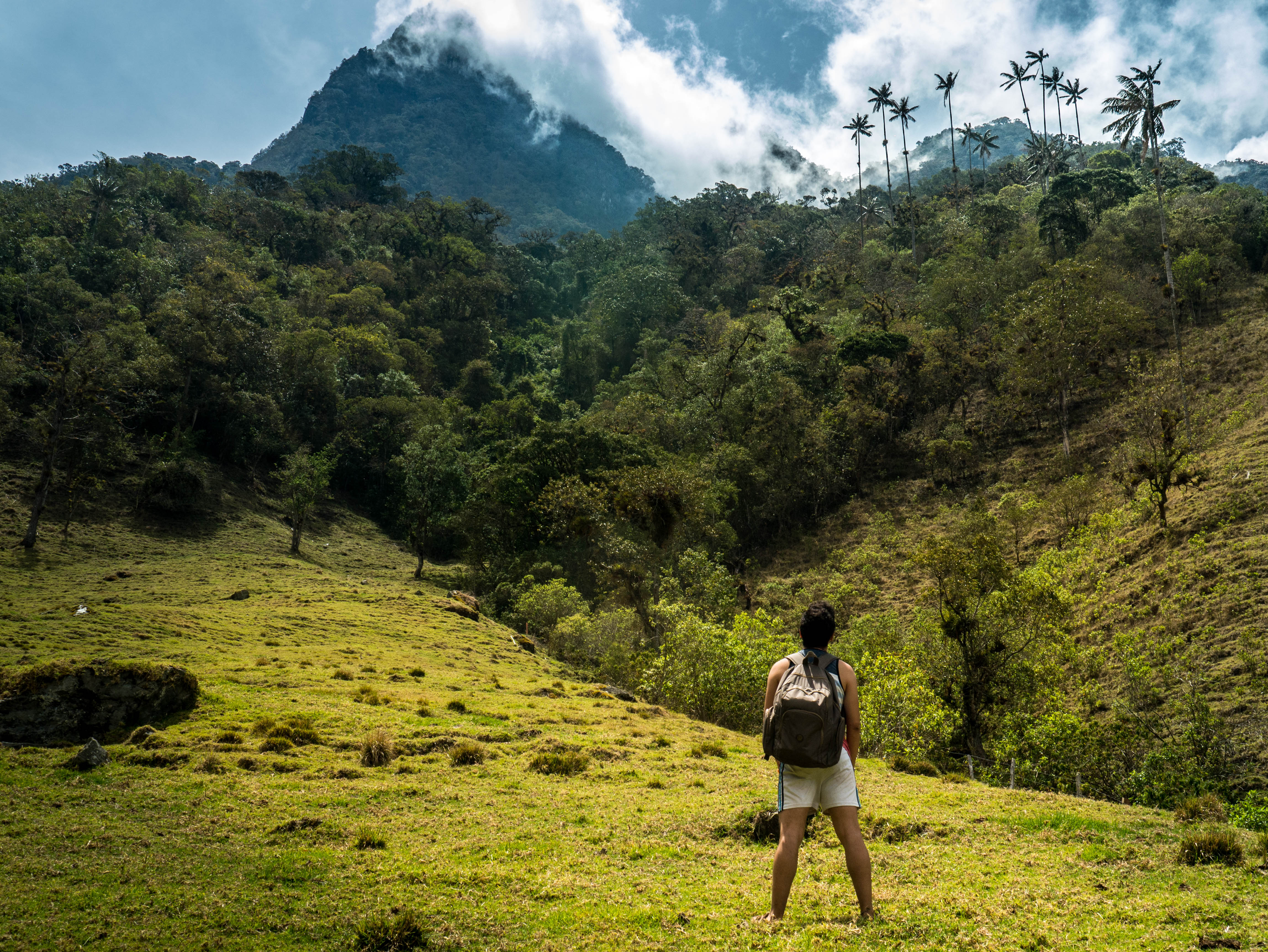
Trekking Adventures in Nevados Natural National Park
Located only 30 minutes from the Cocora National Park, Los Nevados National Park has eight volcanos and peaks for climbers and adventure junkies – Alpine climbers come from all over the world to explore this national park and explore the wilderness of some of these Colombian landscapes.
Los Nevados National Park is one of the few places in the world where you can experience that many thermal floors in one single location. From template locations like the rainforest and the coffee plantations where temperature ranges from 15 to 23°C, to glacial locations like the Ruiz peak located 5300 meters above sea level.
Would you believe me if I told you that you can find a desert located only 300 km away?
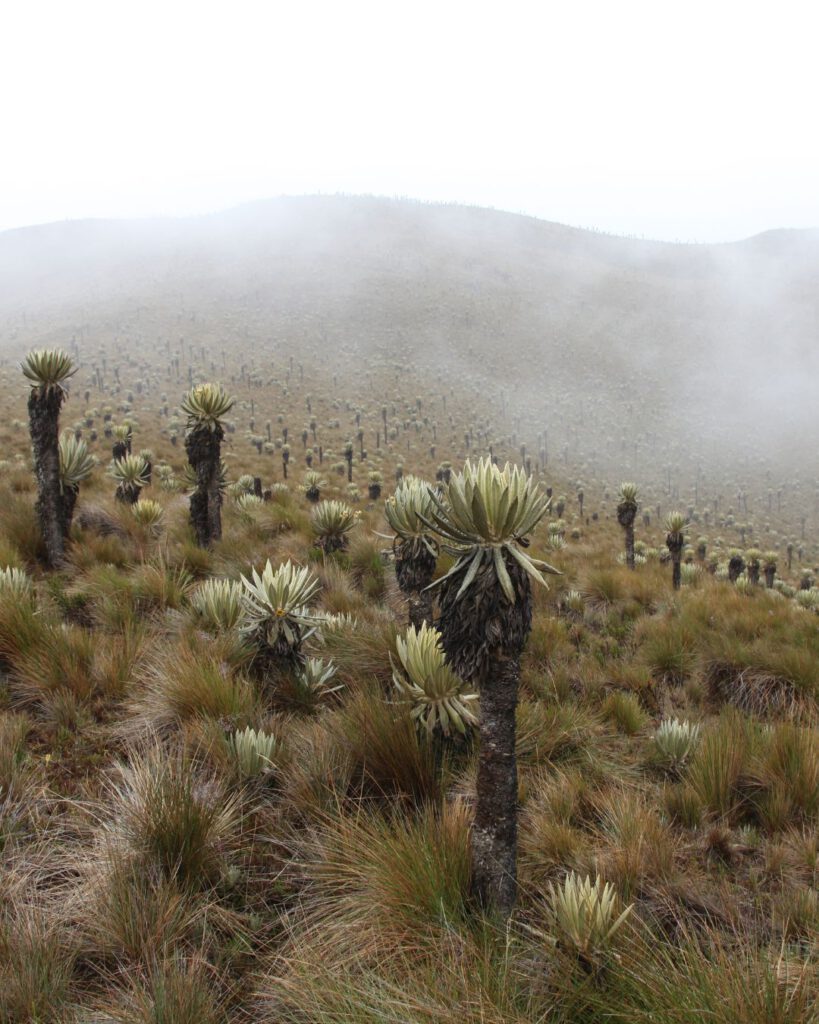
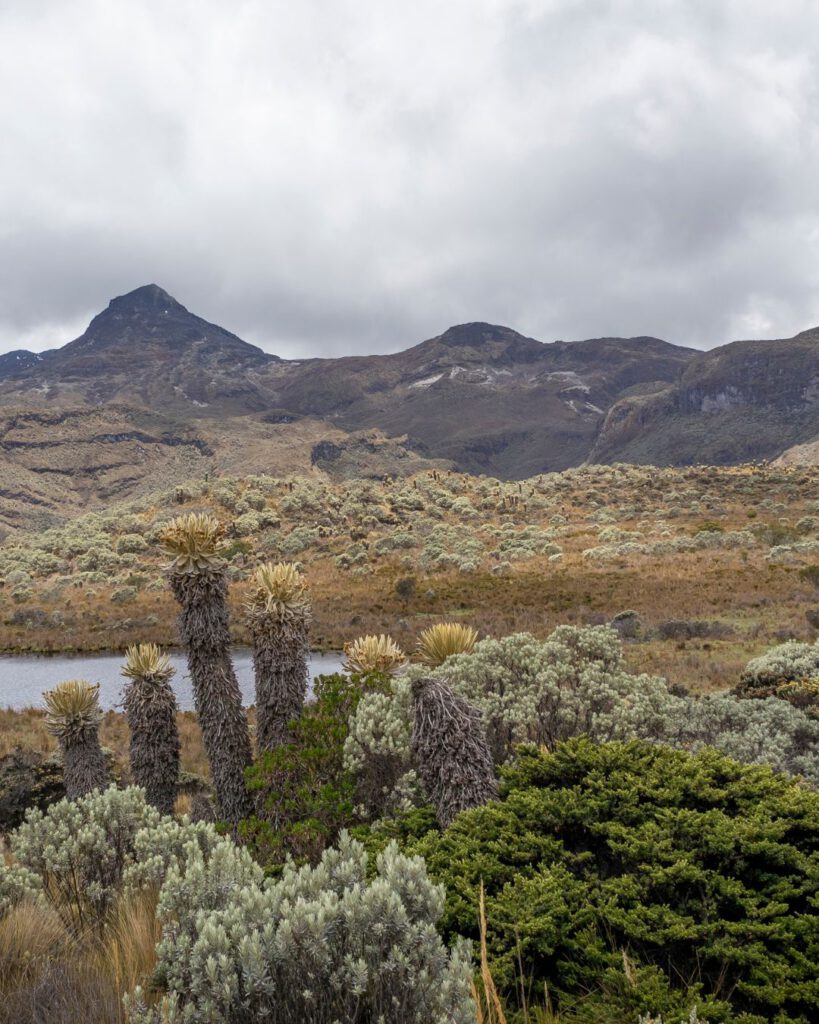
How to Get There: Nevados Natural National Park is located in the Andean region of Colombia, near the cities of Manizales, Pereira, and Armenia. You can fly into Matecaña International Airport (Pereira), El Edén International Airport (Armenia), or La Nubia Airport (Manizales). From these cities, it’s a 1-2 hour drive to the park entrance. Most visitors arrange guided tours that include transportation to the park.
What to See: This park is home to some of Colombia’s most stunning volcanic peaks, including the snow-capped Nevado del Ruiz and Nevado de Santa Isabel. The landscape is filled with glaciers, high-altitude lakes, páramo ecosystems, and volcanic hot springs. Hikers can explore trails that wind through the high-altitude páramo and, on clear days, enjoy panoramic views of the mountains.
Best Time to Visit: The dry season, from December to February and July to September, is the best time for hiking and trekking, offering clearer skies and more stable weather. However, be prepared for cold temperatures and altitude sickness.
What Makes It Special: This national park offers a rare opportunity to see snow-capped volcanoes in the tropics. It’s also home to unique wildlife such as Andean condors, and the frailejón plants that only grow in páramo ecosystems. With glaciers, volcanoes, and a stunning highland landscape, the park is a dream for trekkers and nature lovers alike.
Read more: Colombia’s hippo dilemma – What happened with the hippos in Colombia
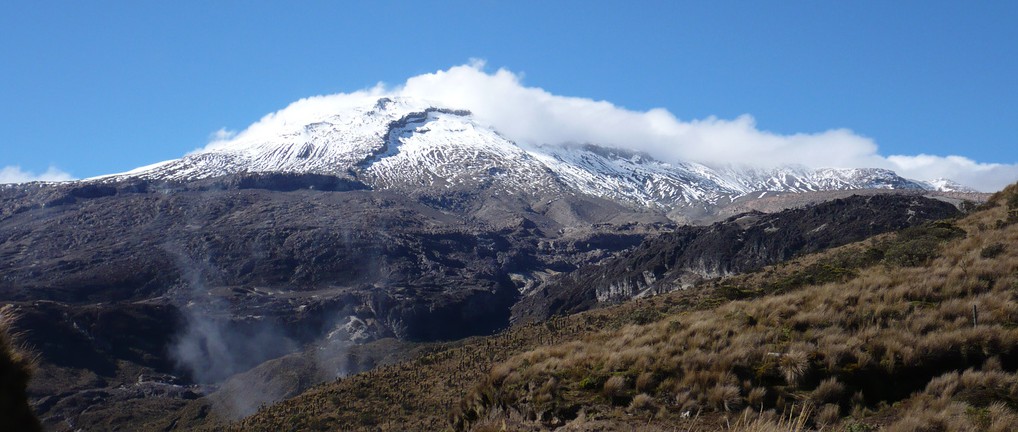
– photo source: flickt
Discover the Tatacoa Desert: Colombia’s Hidden Gem for Stargazing
With temperatures between 20 and 35°C and located only 300 km from the Colombian capital, the Tatacoa desert is the second largest desert in Colombia (the Guajira region in northern Colombia has the largest) and is home to thousands of species like turtles, eagles, snakes and rodents.
A great getaway for locals and a wonderful experience for travelers in South America, the Tatacoa desert attracts tourists looking for silence, tranquility and a night below millions of stars.
Thanks to its privileged location, the Tatacoa desert is one of the few places in the world where you can see all 88 constellations, have a chance to see nebulas, galaxies and meteor showers.
This is one of the most pristine landscapes in Colombia, as you might come here and not see a single person.
Read more: Colombia’s secret waterfalls – My favorite hidden gem in Colombia
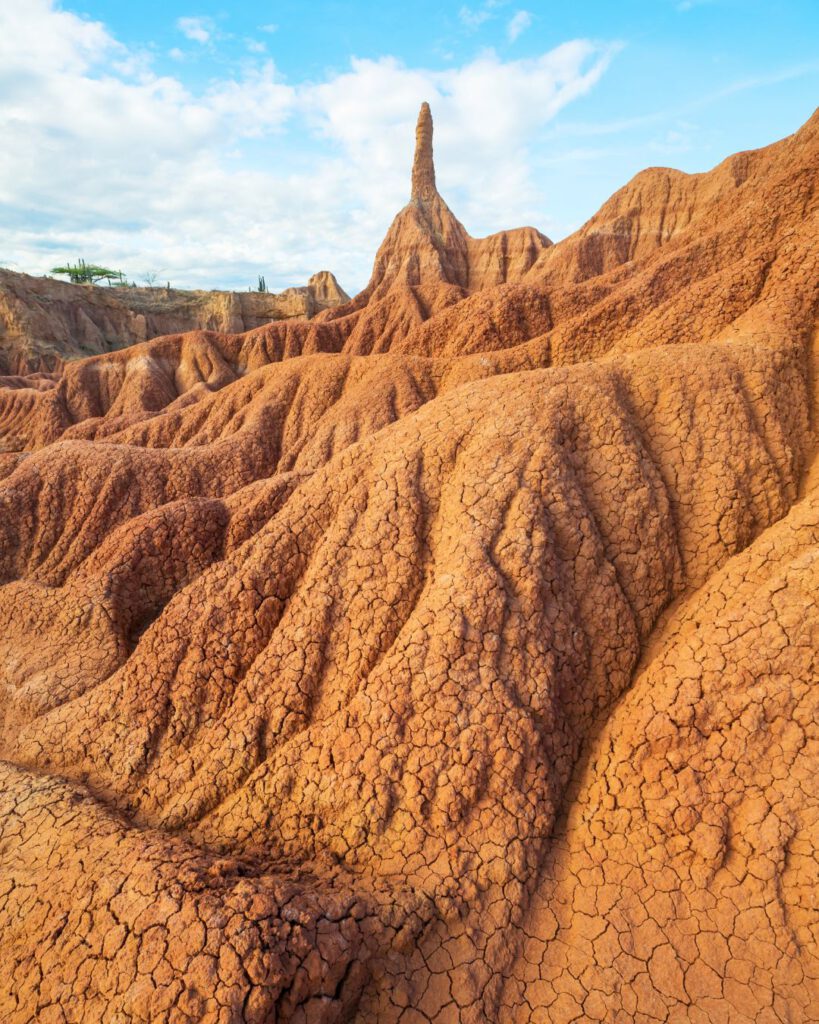
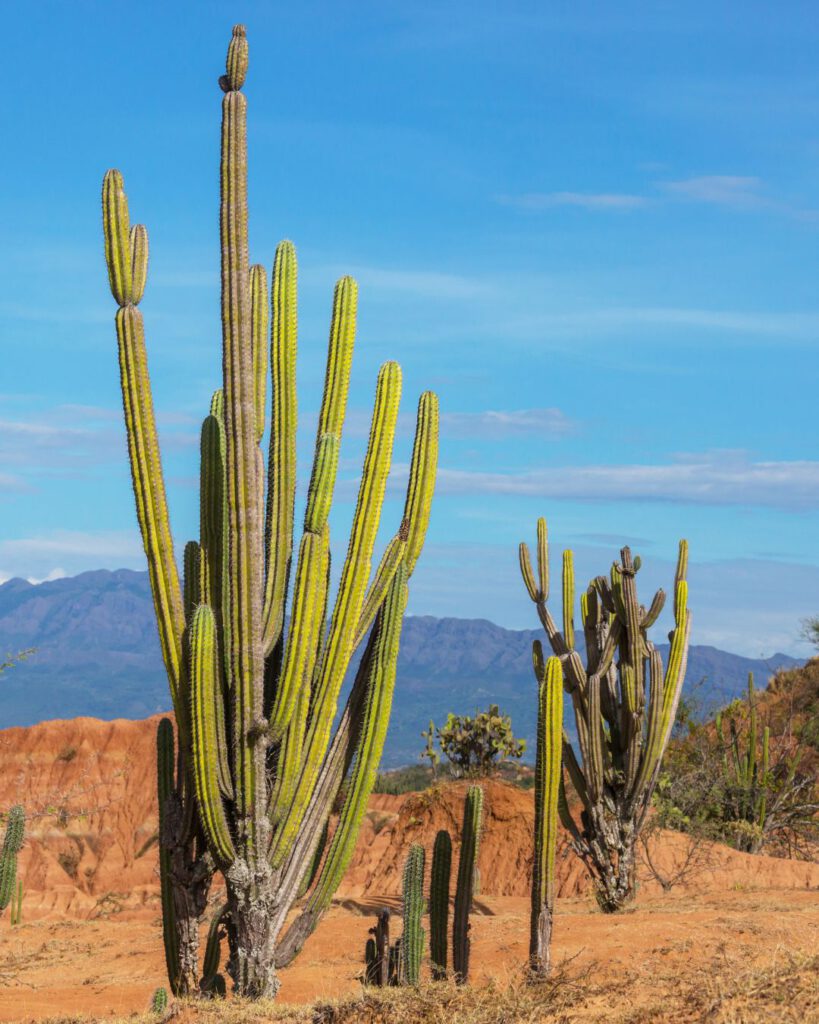
How to Get There: Tatacoa Desert is located near the town of Villavieja in the Huila department. The closest major city is Neiva, which is about 4 to 5 hours by bus from Bogotá. From Neiva, you can take a local bus or taxi to Villavieja, and then it’s a short ride to the desert.
What to See: Tatacoa is known for its dramatic red and gray rock formations that resemble a Martian landscape. Explore Cuzco, the red desert area, and Los Hoyos, the gray desert, both offering scenic walking trails through canyons and eroded rock formations. The Tatacoa Observatory is a great spot for stargazing, thanks to the desert’s clear, dark skies.
Best Time to Visit: The desert is best visited during the dry season from June to August, when temperatures are high, and rain is minimal. However, since Tatacoa is a semi-arid desert, you can visit year-round.
What Makes It Special: The Mars-like landscape of the Tatacoa Desert is a rare sight in Colombia, and its unique geology offers visitors a chance to explore a completely different side of the country. The desert is also famous for its stargazing opportunities, making it a destination for both adventure seekers and astronomy enthusiasts.
Read more: How I photograph the milky way when traveling
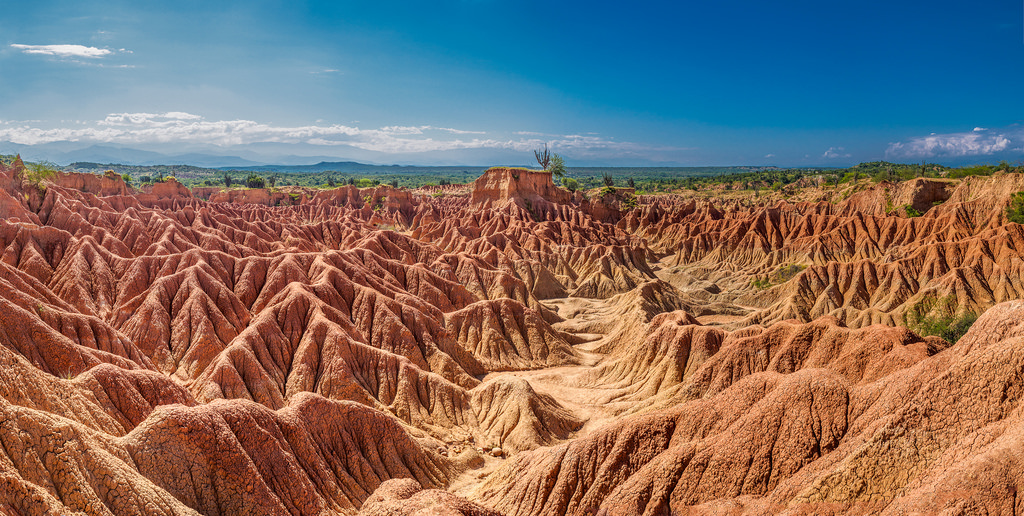
– Source: Flickt
Explore the Caribbean Paradise of San Andres Islands
After so many adventurous locations, you can´t leave Colombia without enjoying some of its spectacular beaches and there is no better place to experience the Caribbean than in San Andres & Providencia and its seven colour ocean. Located only one and a half flight hours from Bogota and literally in the middle of the Caribbean Sea, San Andres is one of those small paradises Colombia has to offer.
Spend your days relaxing on the beach, snorkeling in San Andres´ crystal clear waters or try your diving skills in the middle of corals and wrecks. Enjoy some of the local Caribbean cuisine, dance through the night to the rhythms of Colombian-Caribbean music and wake up in a hammock in that paradise on earth Colombians call Providencia.
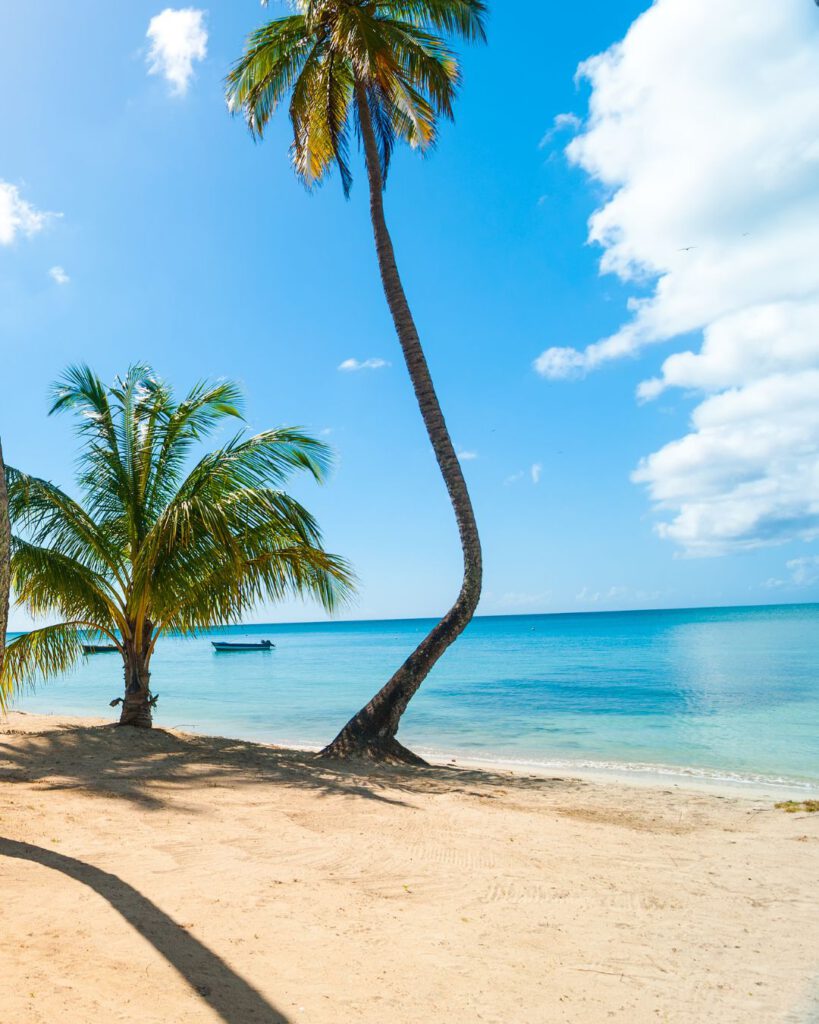
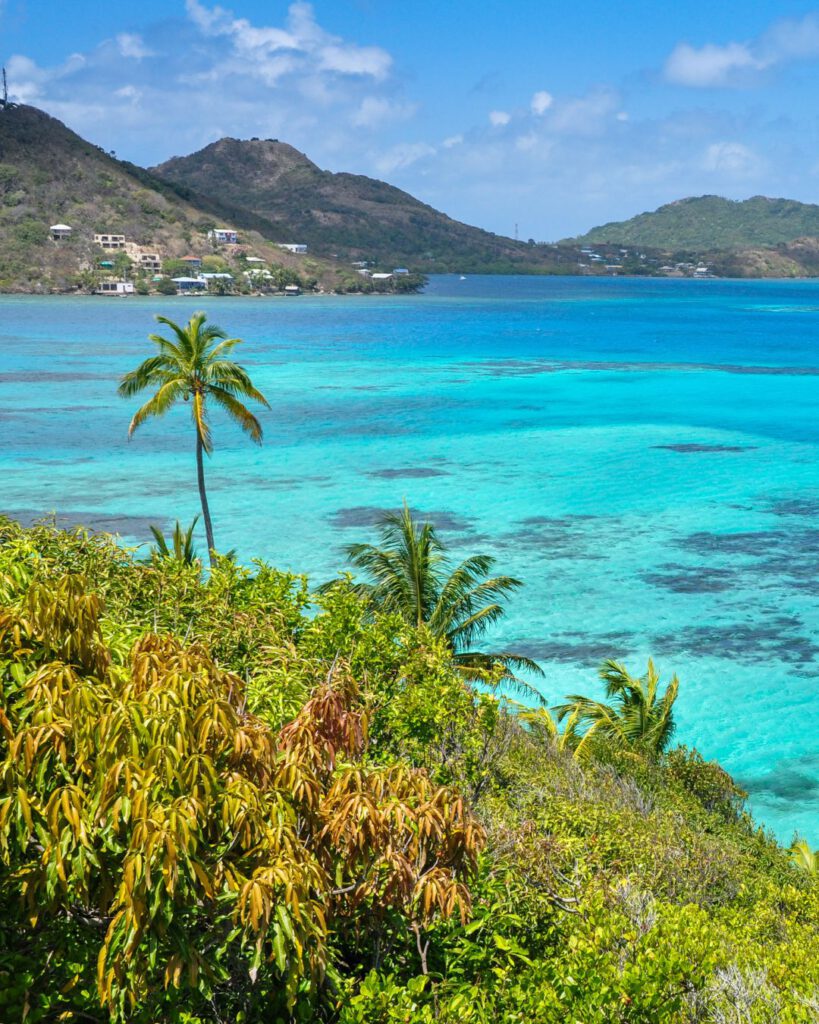
How to Get There: San Andrés is an island in the Caribbean Sea, located about 750 km northwest of mainland Colombia. The easiest way to get there is by flying from Bogotá or Cartagena to Gustavo Rojas Pinilla International Airport on San Andrés. Flights operate daily and take about 2 hours.
What to See: San Andrés is known for its stunning turquoise waters, white-sand beaches, and vibrant marine life. The top attractions include snorkeling or diving at Johnny Cay, El Acuario, and Hoyo Soplador (a natural geyser). You can also explore the island by renting a golf cart or bicycle, visiting the blowhole, and swimming in La Piscinita, a natural ocean pool teeming with fish.
Best Time to Visit: The best time to visit San Andrés is during the dry season, from December to April, when you can enjoy sunny skies and calm seas. The rainy season from May to November can bring heavy showers, but the island remains beautiful year-round.
What Makes It Special: San Andrés offers a slice of the Caribbean without leaving Colombia. With its coral reefs, crystal-clear waters, and laid-back island vibe, San Andrés is a dream destination for beach lovers, divers, and anyone looking to relax in paradise.
Read more: How to plan a visit to the Quebrada las Gachas in Colombia

Here travelers come to explore the Caribbean side of the Colombian landscapes.
Discover the Untouched Beauty of the Amazon Rainforest in Southern Colombia
There is no visit to South America without a small taste of the Amazon rainforest. Despite only 10% of the rainforest belonging to Colombia, this area is enough to get the full Amazon experience, located in the most southern part of Colombia and only 1 hour from Bogota by plane. Your visit in Colombia will be complete if you visit the home of more than 3 million species and at least 40.000 different plants.
Species like the howler monkey, sloths, anacondas and jaguars, yes, I said jaguars, are only some of the animals you would be able to see during your visit to the Amazonas region. Take a boat along the Amazon River and see the pink dolphins swimming next to you.
However, for many travelers the Amazon river might not be the most beautiful river in the country!
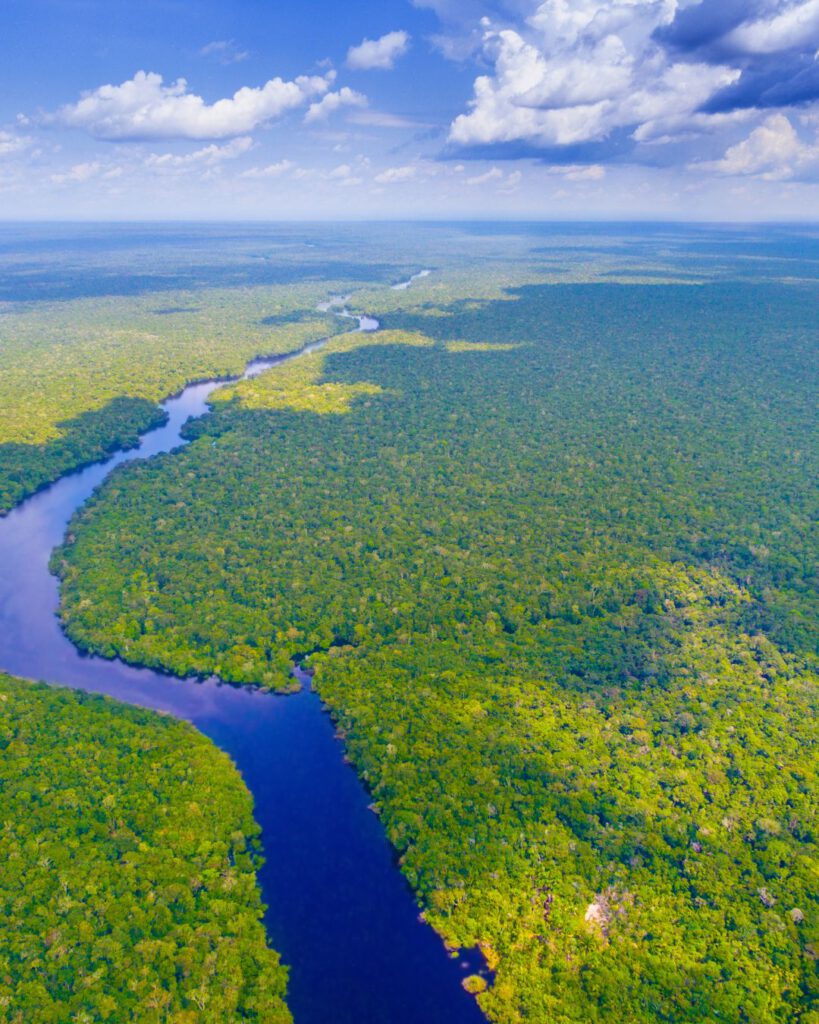
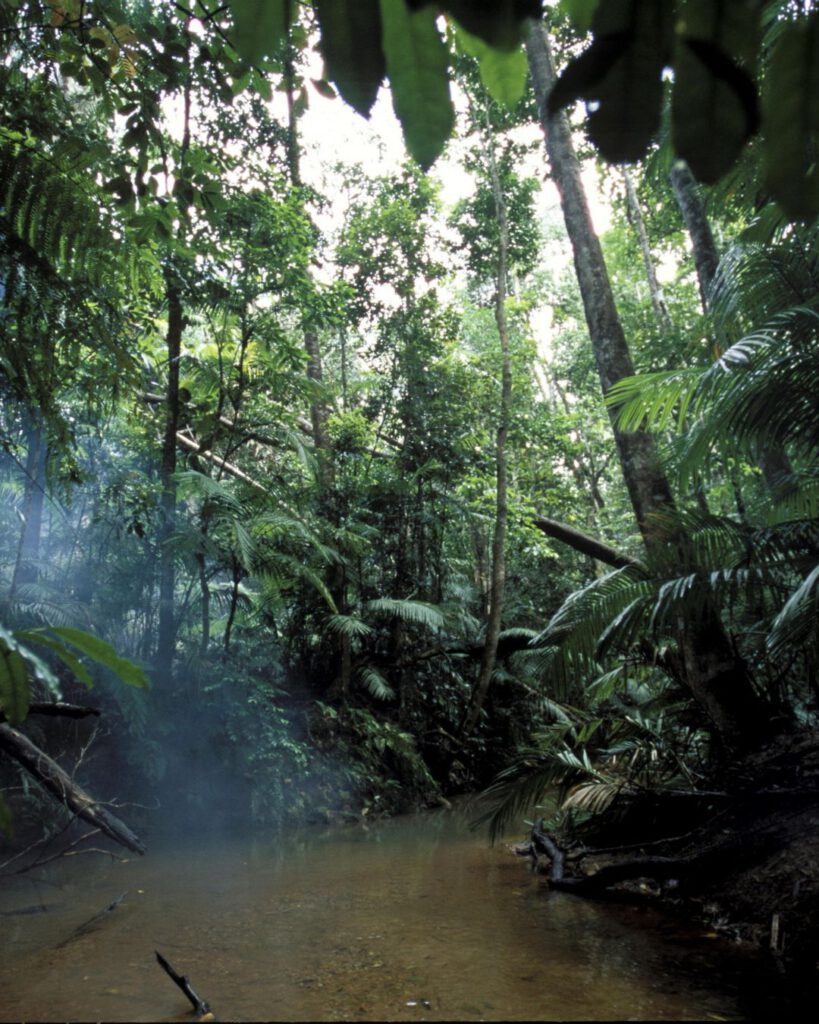
How to Get There: The gateway to Colombia’s Amazon region is Leticia, a small town located at the southern tip of the country, where Colombia meets Brazil and Peru. You can fly from Bogotá to Alfredo Vásquez Cobo International Airport in Leticia, with flights taking about 2 hours. From there, local boats take you to various Amazon lodges and indigenous villages.
What to See: The Amazon Rainforest is home to an astonishing array of wildlife, including pink river dolphins, monkeys, sloths, and exotic birds. You can take boat tours along the Amazon River, visit indigenous communities to learn about their way of life, and trek through the jungle to spot wildlife. Don’t miss a visit to Amacayacu National Park or a night spent in an Amazonian eco-lodge.
Best Time to Visit: The dry season, from June to September, is the best time to visit, as river levels are lower, making hiking and land-based activities easier. The rainy season, from December to May, brings higher water levels, allowing for more boat-based activities.
What Makes It Special: Exploring Colombia’s Amazon is a once-in-a-lifetime experience. You’ll be immersed in one of the most biodiverse places on Earth, with the opportunity to learn about indigenous cultures, witness extraordinary wildlife, and navigate the mighty Amazon River.
Read more: Can you recognize these Colombian breakfasts?
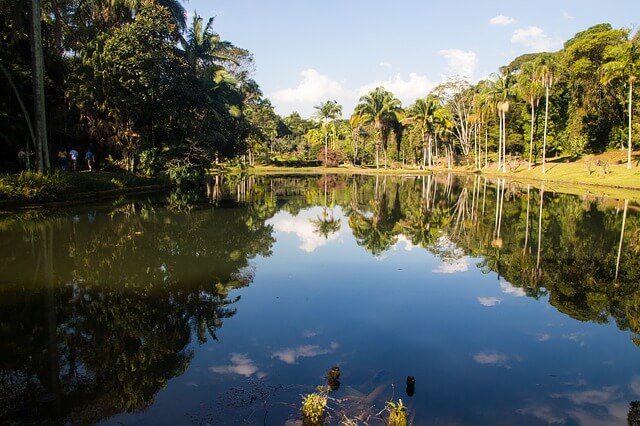
The Rainbow River: Why Caño Cristales is Colombia’s Most Colorful Natural Wonder
Cano Cristales is a Colombian river located in the southern central part of the country at the Sierra de la Macarena and it´s only a short flight away from Bogota. Cano Cristales, commonly called the “River of the Five Colours”, has been elected the most beautiful destination in the world by TripAdvisor a couple of years ago.
The river´s crystal clear water allows visitors to see the rock underneath covered in red, yellow and green aquatic herbs and surrounded by waterfalls and mountains this river is definitely a location to see at least once in a lifetime. Due to its unique location between three different ecosystems and in one of the most untouched landscapes in Colombia, Cano Cristales is the cherry on the top of the cake and an example why Colombia is so well known for its biodiversity.
Visit Cano Cristales from July to December and see yourself why the river is also called “liquid rainbow”. If you are planning to visit Cano Cristales during your next stay in Colombia, the easiest way to reach this destination is by plane from Bogota. There are many tourist offices in the city offering 5-day trips from 200-300 USD without flight tickets.
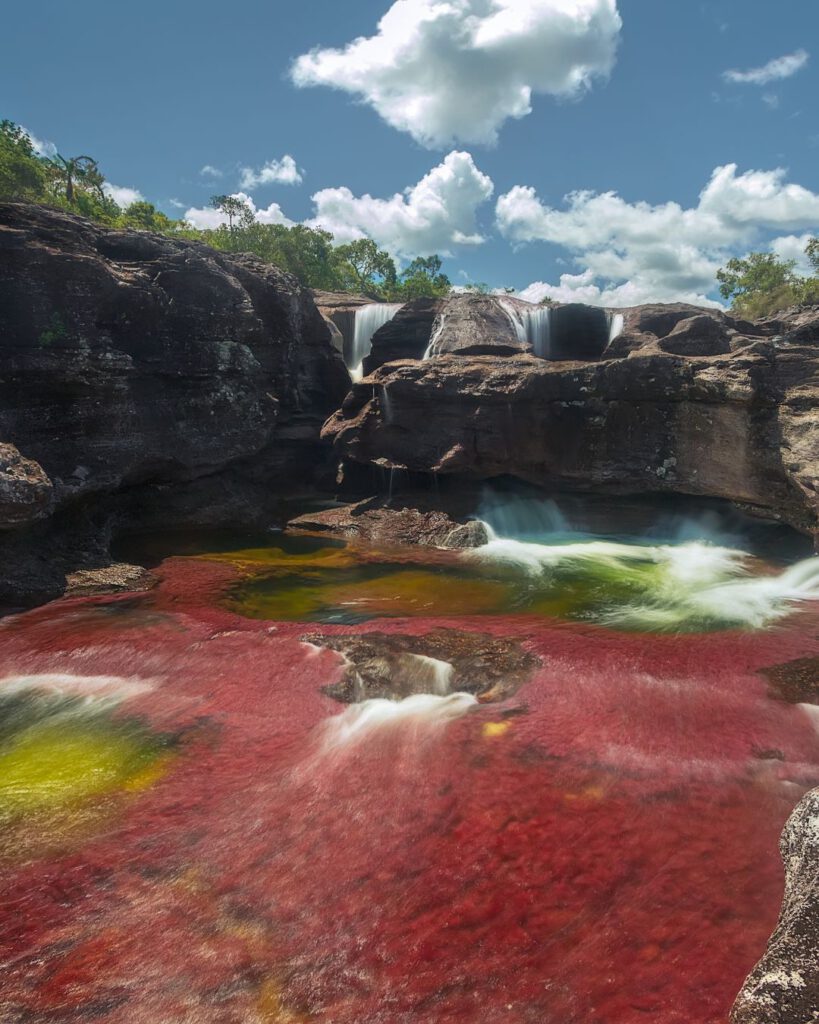
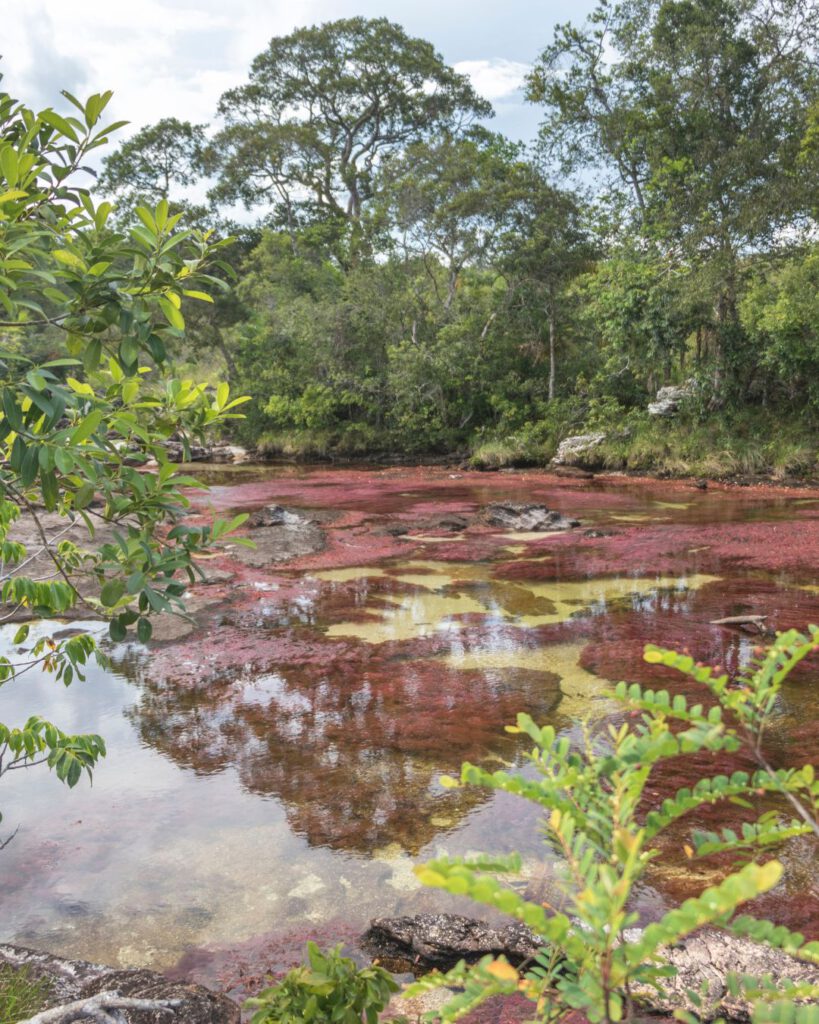
How to Get There: Caño Cristales is located in La Macarena National Park, in the Meta Department. To get there, fly to La Macarena, a small town accessible via direct flights from Bogotá or Villavicencio. Once in La Macarena, local tour operators will take you to the river, usually via a combination of boat, jeep, and hiking.
What to See: Often called the “River of Five Colors,” Caño Cristales is famous for the vibrant red, yellow, green, blue, and black hues created by a unique aquatic plant called Macarenia clavigera. The best way to experience the river is through guided hikes, where you can swim in the colorful pools, explore waterfalls, and enjoy panoramic views of the surrounding mountains and savannas.
Best Time to Visit: The best time to visit is from June to November, during the rainy season, when the river’s aquatic plants bloom and transform the water into a kaleidoscope of colors. Outside of this period, the river remains clear and pristine but without the vibrant colors.
What Makes It Special: Caño Cristales is unlike any other river in the world. Its rainbow-colored waters are a natural phenomenon found nowhere else, making it a bucket-list destination for nature lovers and photographers. The combination of the colorful river and the surrounding untouched landscapes makes this one of the most unique places in Colombia.
Read more: How to get to Cano Cristales in Colombia
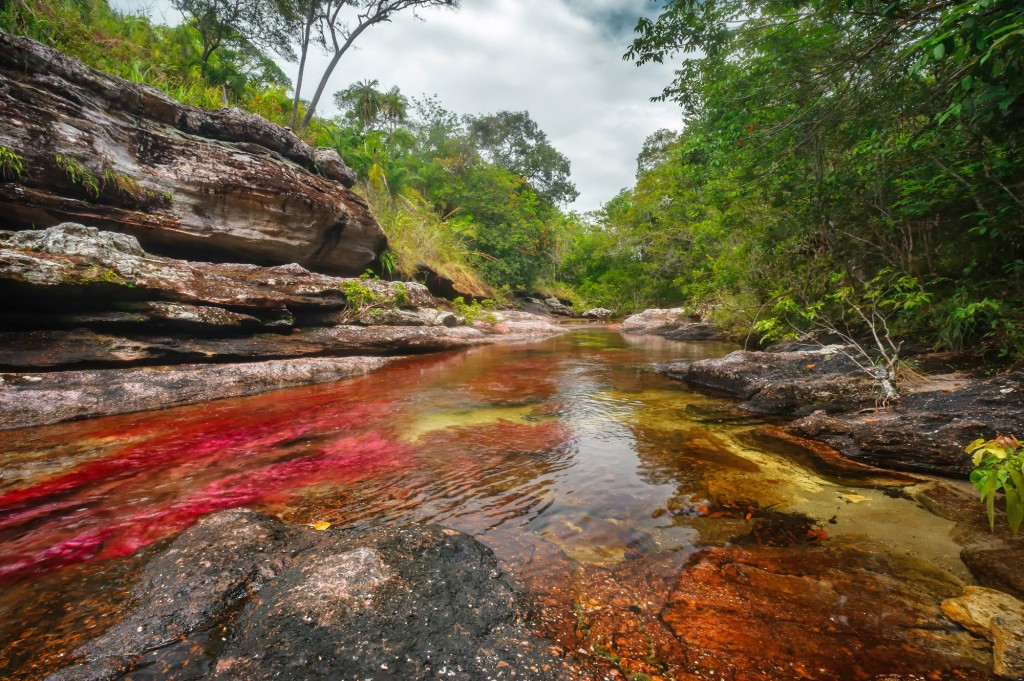
– Source: Caño Cristales: by Mario Carvajal


